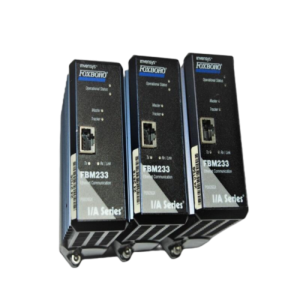In the application process of PLC, there is a common misconception that many people will directly connect the alarm to the output terminal of PLC. In fact, this practice is not recommended, especially in situations involving safety alarms and emergency handling.
Firstly, we need to clarify the output type of the PLC. The output modules of the PLC are mainly divided into relay output type and transistor output type.
The output module of the relay output type PLC contains relays, whose output signals are switch signals, suitable for driving various loads, such as motors, solenoid valves, indicator lights, etc.
The output module of transistor output type PLC uses transistors (such as MOSFETs or IGBTs) as switching elements, and the output signal is also a switching signal. However, due to the characteristics of transistors, their output current and voltage range are relatively small, and they cannot directly drive high-power loads. As a common safety device, the working principle of an alarm is to trigger an internal sound and light alarm device by receiving signals from PLC or other controllers to remind workers to pay attention to abnormal situations.
Due to the high working current and voltage of the alarm, if it is directly connected to the output terminals of the PLC, especially the transistor output type PLC, it may cause damage to the output module of the PLC, and even lead to serious consequences such as fire. So, why can the alarm be connected to the output terminal when using a relay output type PLC?
This is because the output module of the relay output type PLC contains relays, which have certain isolation and protection functions and can withstand large current and voltage surges.
However, this does not mean that any load can be freely connected to the output terminals of the PLC. When connecting the alarm, we also need to pay attention to the following points: 1 Do not use the 24V power supply of the PLC to directly drive the alarm
Although PLCs usually provide 24V DC power supply for external devices, direct use of PLC power supply may cause power overload or damage to the PLC due to the high power of the alarm. Therefore, it is recommended to use an independent power supply to power the alarm.
2. The design of control signals should be reasonable
Due to the working characteristics of the alarm, we need to ensure that the control signal output by the PLC can accurately trigger the action of the alarm. This usually requires setting reasonable pulse width and frequency in PLC programming to ensure that the alarm can function properly.
3. The reset operation of the alarm should be reliable
Once the alarm is triggered, we need a reliable way to turn it off. This can usually be achieved by setting a reset signal in the programming of the PLC, or by setting a manual reset button on the alarm.
4. Consider the safety performance of the alarm
When selecting an alarm, we need to ensure that it complies with relevant safety standards and regulations to ensure reliable alarm signals can be issued in emergency situations.
When designing an alarm system, it is necessary to choose a suitable design scheme based on the output type of PLC, load characteristics, and system reliability requirements. For critical safety related alarm systems, more reliable designs should be adopted, such as using relay output type PLCs and ensuring that the alarm has an independent power supply.
Post time: Jul-01-2024